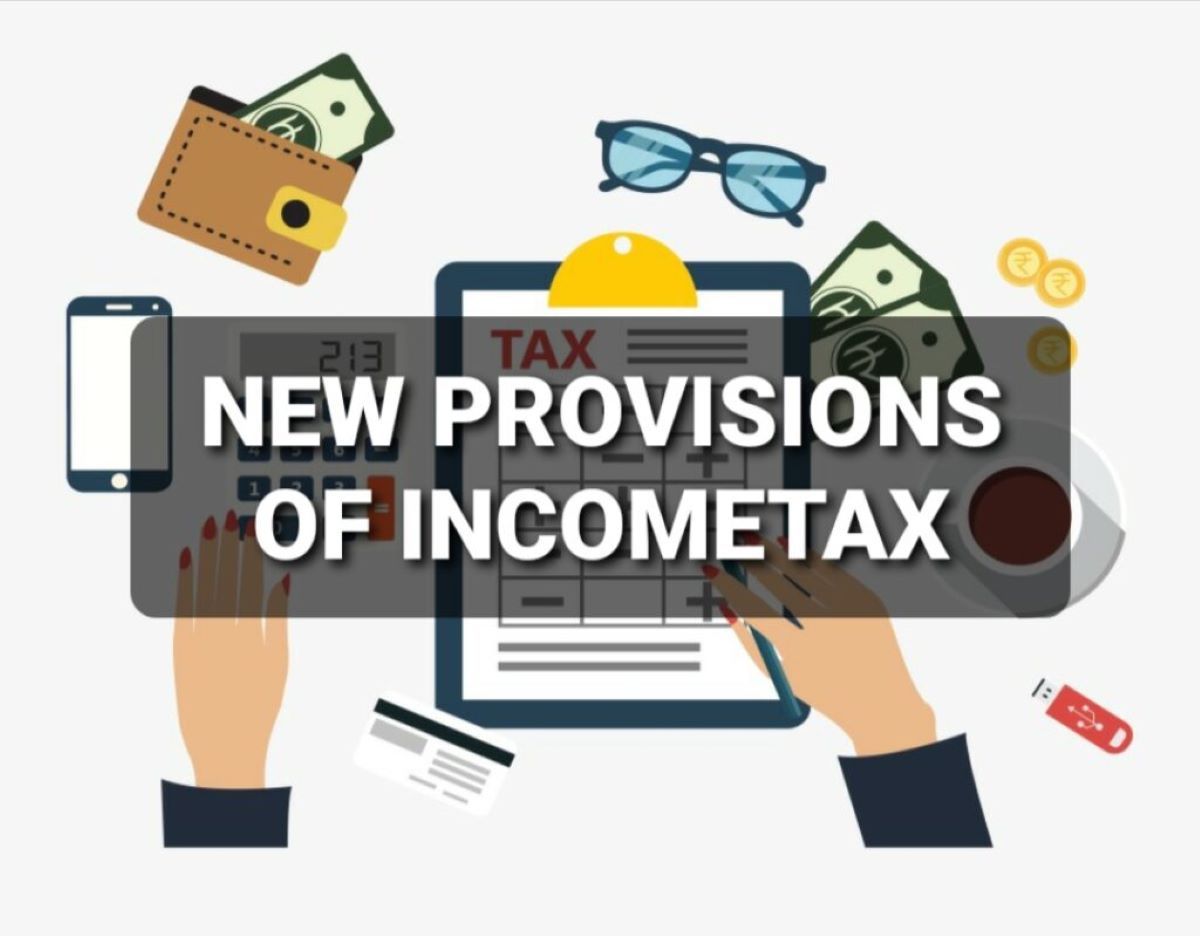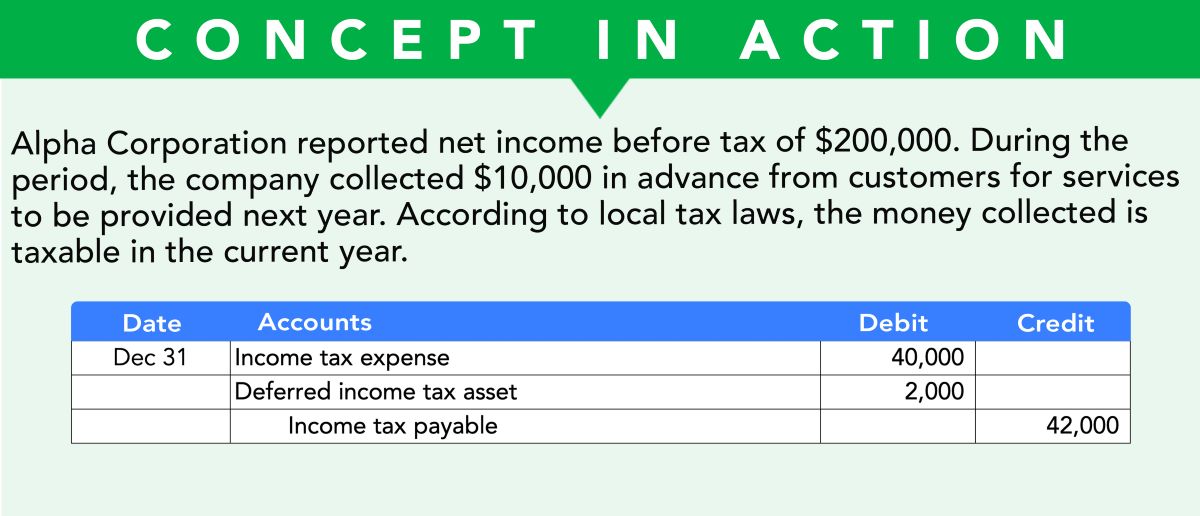Home>Finance>Monthly Income Plan (MIP): Definition, Investments, Taxes


Finance
Monthly Income Plan (MIP): Definition, Investments, Taxes
Published: December 26, 2023
Learn about Monthly Income Plans (MIP) in finance, including their definition, investment options, and tax considerations.
(Many of the links in this article redirect to a specific reviewed product. Your purchase of these products through affiliate links helps to generate commission for LiveWell, at no extra cost. Learn more)
Monthly Income Plan (MIP): Definition, Investments, Taxes
Welcome to our Finance category blog post where we delve into the world of Monthly Income Plans (MIP). In this post, we’ll define MIPs, discuss their investment potential, and shed light on how taxes can impact this investment option. Whether you’re a seasoned investor or just starting out, this article will provide you with valuable insights on MIPs.
Key Takeaways:
- Monthly Income Plans (MIPs) are investment options that aim to provide regular income to investors while also aiming for capital appreciation.
- MIPs typically invest in a mix of equity and debt instruments, with a greater focus on debt to provide stability and regular income.
What is a Monthly Income Plan (MIP)?
A Monthly Income Plan (MIP) is an investment option that combines the benefits of regular income generation and potential capital appreciation. MIPs are specifically designed to provide investors with a steady monthly income while aiming for growth over the long term.
These plans are typically mutual funds that invest in a mix of debt and equity instruments. The allocation between debt and equity may vary based on the fund manager’s strategy, but MIPs generally have a larger exposure to debt instruments in order to provide stability and consistent income to investors.
Investing in a Monthly Income Plan
Investing in a Monthly Income Plan (MIP) can be an attractive option for individuals looking for a regular income stream while also aiming for capital growth. Here are some key points to consider:
- Risk and Returns: MIPs offer a balance between risk and returns. The debt component provides stability and regular income, while the equity component aims to generate capital appreciation over the long term.
- Investment Horizon: MIPs are suitable for investors with a medium to long-term investment horizon. It is important to stay invested for a sufficient duration to benefit from the potential growth in both income and capital.
- Asset Allocation: Different MIPs may have varying asset allocation strategies. Some funds may have a higher exposure to debt, while others may focus more on equity. It’s essential to understand the allocation strategy and ensure it aligns with your risk tolerance and investment goals.
- Dividends vs. Growth Option: MIPs usually offer investors the choice between dividend payouts or reinvestment of profits. Depending on your financial needs and tax implications, you can opt for the option that suits you best.
- Track Record and Fund Manager: Before investing, research the track record of the MIP and the fund manager. Look for consistency, long-term performance, and expertise in managing both equity and debt instruments.
Taxes and Monthly Income Plans
When it comes to taxes on Monthly Income Plans (MIPs), it’s important to understand the potential impacts. Here are some key points to consider:
- Dividend Distribution Tax (DDT): MIPs that distribute dividends are subject to Dividend Distribution Tax. The tax is deducted at source, meaning the fund deducts the tax before distributing the dividend to investors.
- Capital Gains Tax: If you sell your MIP investment units after a certain holding period, you may be liable to pay capital gains tax. The tax rate depends on the holding period and whether the gains are short-term or long-term. It’s important to consult a tax advisor to understand the specific tax implications.
MIPs also offer the option of growth plans, where the returns earned are reinvested in the fund without any immediate tax implications. This can be especially advantageous for individuals in higher tax brackets.
As with any investment, it’s crucial to understand the tax implications and consult a tax professional to optimize your tax planning strategy based on your individual circumstances.
Overall, Monthly Income Plans (MIPs) provide individuals with the potential for regular income and long-term growth. By carefully considering investment strategies, asset allocation, and tax implications, MIPs can be a valuable addition to your investment portfolio.
Good luck with your investing journey, and may your MIPs bring you both steady income and growth!














